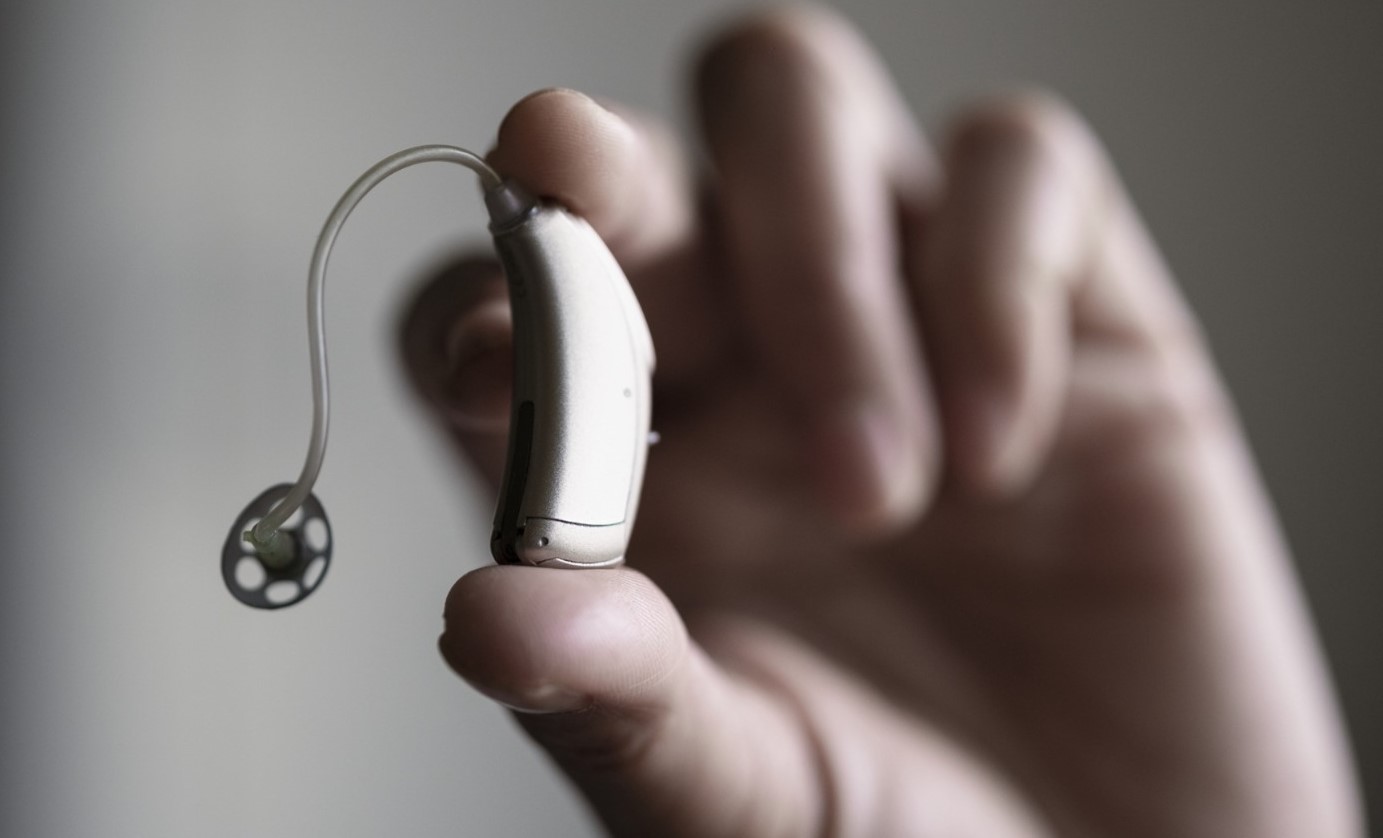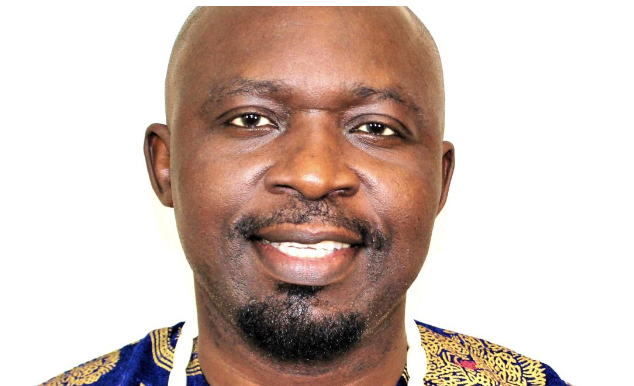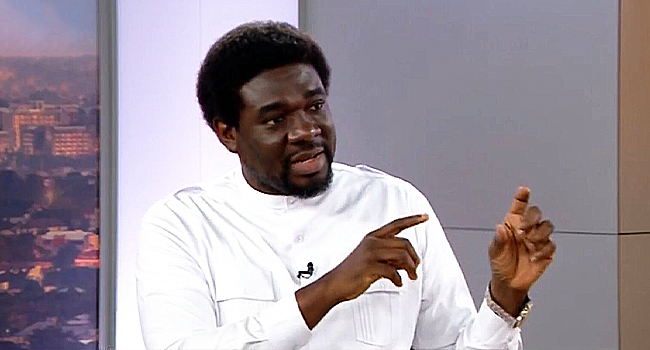The World Health Organisation (WHO) has released new technical guidance on hearing aid service delivery approaches for low and middle-income settings.
In a statement on Friday, the WHO said the document is designed to provide practical guidance to countries in developing hearing aid services in areas that lack human resources for assessing hearing and fitting and maintaining hearing aids.
The release of the technical guidance came ahead of World Hearing Day which is marked on March 3.
“The guidance, developed with support from the ATScale Global Partnership for Assistive Technology, is based on the principle of task sharing among specialists and trained non-specialists,” the statement reads.
Advertisement
“It includes two approaches, one targeting adults, with the other for children five years and over, and is accompanied by resources with tips for healthy ear care practices.
“It’s also the use of hearing aids and how to support people living with hearing loss.”
Bente Mikkelsen, WHO director for the department for noncommunicable diseases, said over 400 million people with hearing loss could benefit from using hearing devices.
Advertisement
“Unaddressed hearing loss is a global public health challenge and incurs an estimated cost of over 1 trillion dollars annually,” she said.
“Given the global shortage of ear and hearing care specialists, we have to rethink how we traditionally deliver services.”
She said the release of the new guide would highlight the importance of correcting misconceptions about hearing loss that are common among the public and primary health providers.
Mikkelsen said the first of two key challenges in ear and hearing care is the lack of health system capacity for the provision of integrated ear and hearing care throughout people’s lives.
Advertisement
“As evidenced by a lack of policies, human resources, and dedicated finances,’’ she said.
She said the service delivery approaches detailed by WHO aim to overcome this challenge by better utilising non-specialists in providing hearing care to increase capacity.
“The second key challenge relates to misperceptions and stigmatising mindsets about hearing loss and ear diseases, which are deeply ingrained within societies and often limit the success of efforts to improve hearing care,” she said.
“Common misperceptions include the idea that hearing loss is an inevitable part of old age and those hearing aids do not work well or are too expensive.”
Advertisement






